The foundations for learning begin in the earliest days, when warm voices, simple stories, and everyday routines shape a child’s mind and heart. This article shows how language, curiosity, and gentle guidance grow together at home. Let’s find out with 4Life Education how to make small, consistent moments count.
What the foundations for learning truly mean?
When we speak of the foundations for learning, we mean the daily habits that help a young child build attention, language, confidence, and the desire to explore. Montessori educators describe “sensitive periods,” windows of heightened readiness when children absorb language and patterns of thinking with extraordinary ease. In the first years, this readiness is strongest for spoken words, for watching how adults move and interact, and for joining in meaningful tasks. A home rich in clear speech, real responsibilities, and loving calm gives children a secure base from which all later reading, writing, and number work can grow.
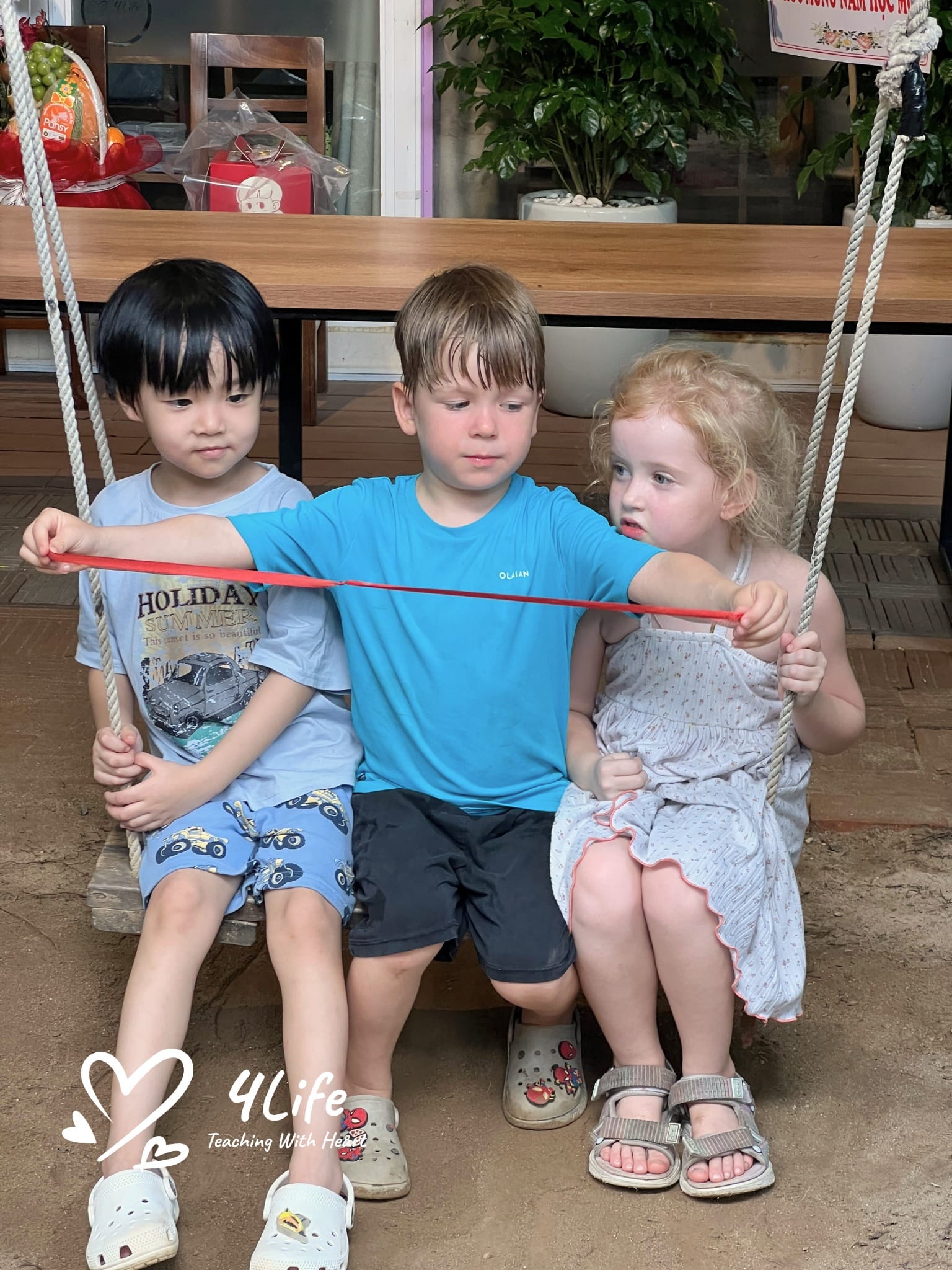
The Foundations for Learning
Why early language matters from birth?
The sensitive period for language begins at birth. Long before a child understands the meaning of words, she is learning the music of your voice, the shape of syllables, and the rhythm of conversation. Babies and toddlers thrive in a quiet environment where the important sound is a parent speaking clearly, making eye contact, and linking words to real experiences. Background television and radio can overwhelm this delicate process, while shared attention—your eyes, your hands, your voice—invites learning. The goal is not early performance but deep familiarity with spoken language, because strong vocabulary and listening skills are the roots of comprehension.
Reading aloud every day
Reading aloud is a daily gift that pays lifelong dividends. Begin as soon as your baby can sit and focus for a minute or two. Hold your child on your lap, point to pictures, and wonder aloud about what you see. As attention grows, build a gentle routine of reading at bedtime and during quiet moments in the day. Follow your child’s interests, return to beloved books again and again, and resist the urge to rush. Repetition is not a problem to solve but a sign of deep learning. With each rereading, children internalize story structure, vocabulary, and the subtle meaning carried by tone and expression.
Talking through daily routines
Narration is a simple practice that strengthens language. As you care for your infant and toddler, describe what you are doing in clear, specific words. Tell her that you are lifting her gently, putting on the blue sweater, washing her hands with warm water, or setting the spoon beside her bowl. Watch her face as you speak. If she looks puzzled, shorten your phrases and show her with your hands. As understanding grows, extend your sentences and introduce richer vocabulary. Pantomime can join in the fun, especially for action words. Pretend you are flying like a bird or carrying something heavy, and invite your child to copy you. These playful moments link words with feelings, movement, and meaning.
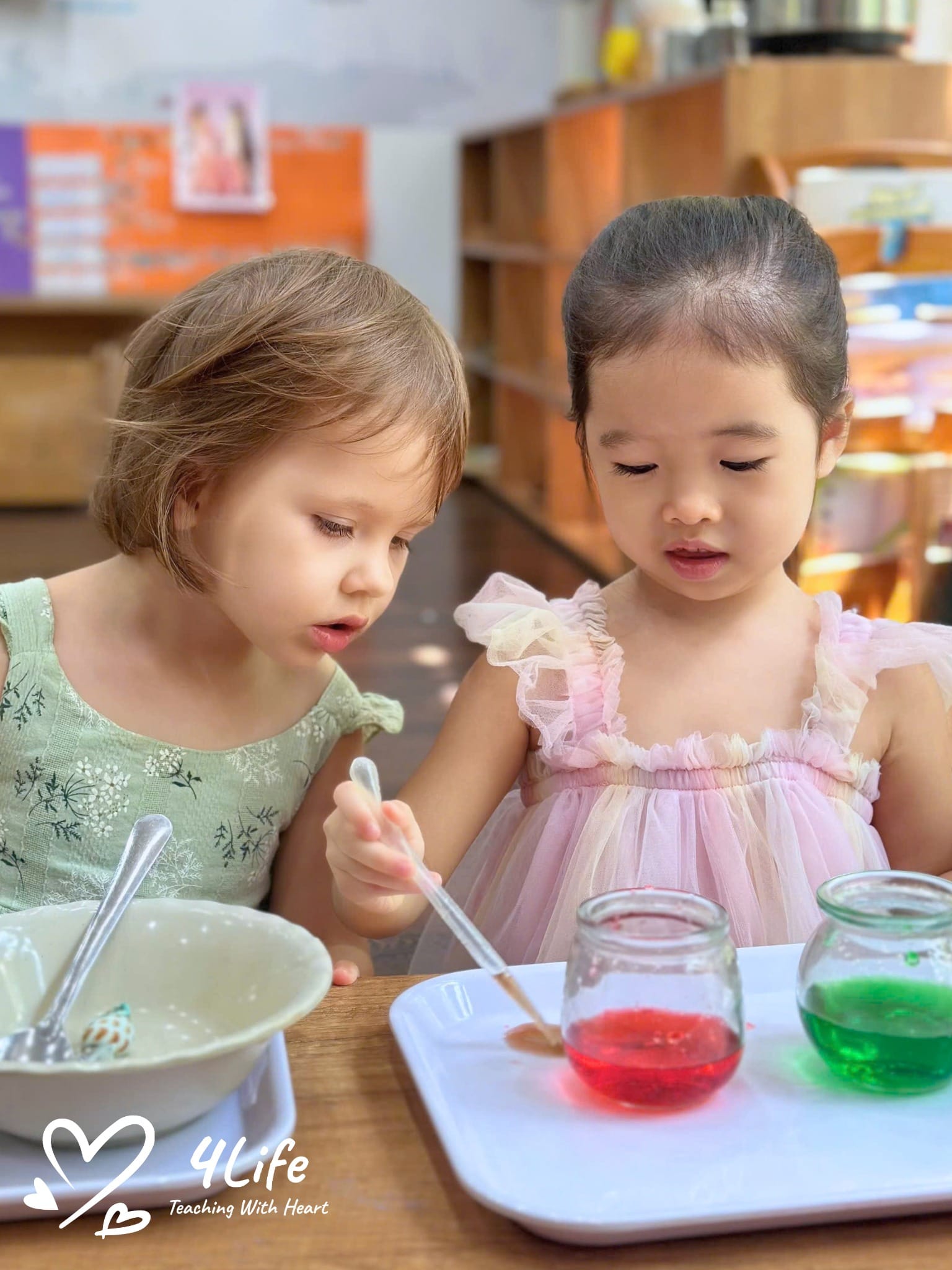
Talking through daily routines
Teaching household names with respect
Young children are eager to learn the proper names of the world around them. Offer accurate words rather than baby talk, and treat your child’s efforts with patience. Start with what she sees daily: chair, spoon, basket, window, and door. Move naturally to family names and familiar animals. Over time, add precision, such as the names of dog breeds or the parts of a flower. Children enjoy this level of detail, and each new term becomes part of a growing mental map. Accuracy and respect go hand in hand. By using real words, you show that your child is capable and ready to learn.
Building descriptive language gently
Once names are known, expand with descriptive words. Begin with colors, starting from red, blue, and yellow, then moving to green, orange, and purple. Later, add shades such as lilac or navy. Introduce size words like big and small, then move to larger and largest. Teach texture words such as rough and smooth, taste words such as salty and sweet, and weight words such as light and heavy. Everyday objects make the best teaching tools. Compare two towels, two apples, or two stones in the garden. Ask your child to tell you what she notices, then echo and extend her language. These conversations sharpen perception and prepare the mind for reading comprehension and early math.
The three-stage lesson at home
Montessori guides often use a simple three-stage sequence to build vocabulary. In the first stage, you present and name a small set of items. You might place three paint swatches on the table and say, “This is orange. This is green. This is purple.” In the second stage, you invite your child to show understanding by acting. Ask, “Please show me orange,” or “Please hand me purple,” letting her point or pass the swatch to you. If she hesitates, calmly repeat the first stage. In the third stage, you point and ask, “What color is this?” If the answer is uncertain, you simply return to stage one and two. The beauty of this method is its gentleness. It builds success step by step rather than testing for mistakes.
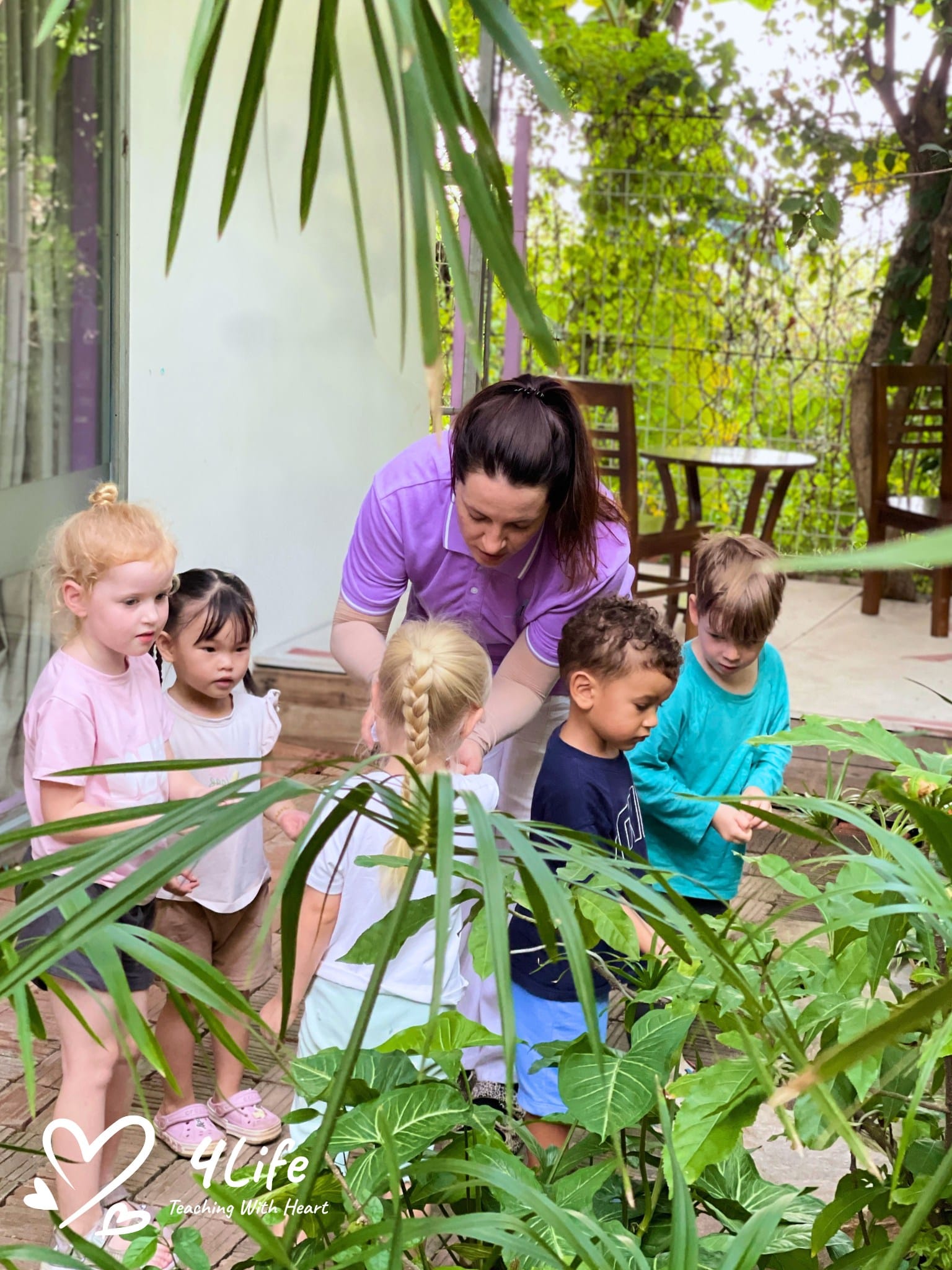
The three-stage lesson at home
Playful practice with the command game
Children love a good challenge when it feels like play. The command game turns following directions into joyful practice. Begin with a single short instruction, such as “Please give me the truck.” Later, add a detail, as in “Please bring me the big red truck from the shelf.” As your child matures, offer two or three steps to complete in sequence. You might ask her to place flowers on the counter, fill a vase to a certain level, arrange the stems, and carry the vase to the table. This game strengthens listening, memory, sequencing, and independence, all core ingredients in early learning.
Storymaking and first writing
Long before handwriting is fluent, children can become authors. Invite your child to choose an intriguing picture from a magazine and talk about what might be happening. Write her words exactly as she says them, with one sentence per page in a large, clear font. She can glue in the pictures, add her own drawings, and choose a title. Bind the pages with ribbon or string and place the book on a low shelf. This process validates a child’s ideas and shows that spoken language can be captured and shared. Over time, your child will enjoy returning to her own books, reading them to siblings, and noticing how letters and words work together.
Questions that grow thinking and feelings
Open-ended questions help children learn to organize thoughts. Instead of asking, “Did you like the story?” try “What do you think will happen next?” or “How did the little bear know someone had been in his chair?” Questions like these invite recall, inference, and prediction. Make space, too, for feelings. Gather a few photos of people showing joy, worry, surprise, or frustration. Ask your child to identify the emotion, then talk about times she has felt that way. Puppets can make this exploration comfortable. When a puppet speaks, children often find it easier to express strong feelings, and learning to name emotions lays the groundwork for self-regulation.

Questions that grow thinking and feelings
Avoiding pushiness and keeping joy
Learning is not a race, and children do not progress in a straight line. Some become interested in letters and numbers very early, while others need more time. Pushing can turn healthy curiosity into quiet resistance. If lessons feel heavy, scale back and return to shared reading, conversation, and practical life. The aim is to keep the atmosphere calm and respectful so that motivation rises from within. Celebrate effort, not speed. When a child senses that learning belongs to her, she returns willingly, ready for more.
Creating a language rich environment
Small adjustments at home can nourish language growth. Keep a basket of appealing picture books within easy reach and rotate them to match your child’s interests. Choose a few quiet songs to sing together during transitions. Label a handful of shelves or containers with simple words and images so tidying up becomes an exercise in matching. Keep the television off unless you are watching together with a purpose and ready to talk afterward. Invite grandparents and friends to share stories from their own childhood. The atmosphere matters as much as the activities. A peaceful, uncluttered space makes it easier for children to attend and absorb.
Bringing numbers into everyday life
Although language is a central pillar, early numeracy grows from the same soil. In the kitchen, count scoops of flour and measure water to the line. At the sink, compare heavy and light as you wash vegetables. While sorting laundry, talk about long and short sleeves. On a walk, notice patterns in leaves and steps from the gate to the front door. These concrete experiences give numbers meaning, building a bridge to later symbol work. When children experience quantity with their hands and senses, they welcome the numerals that follow.
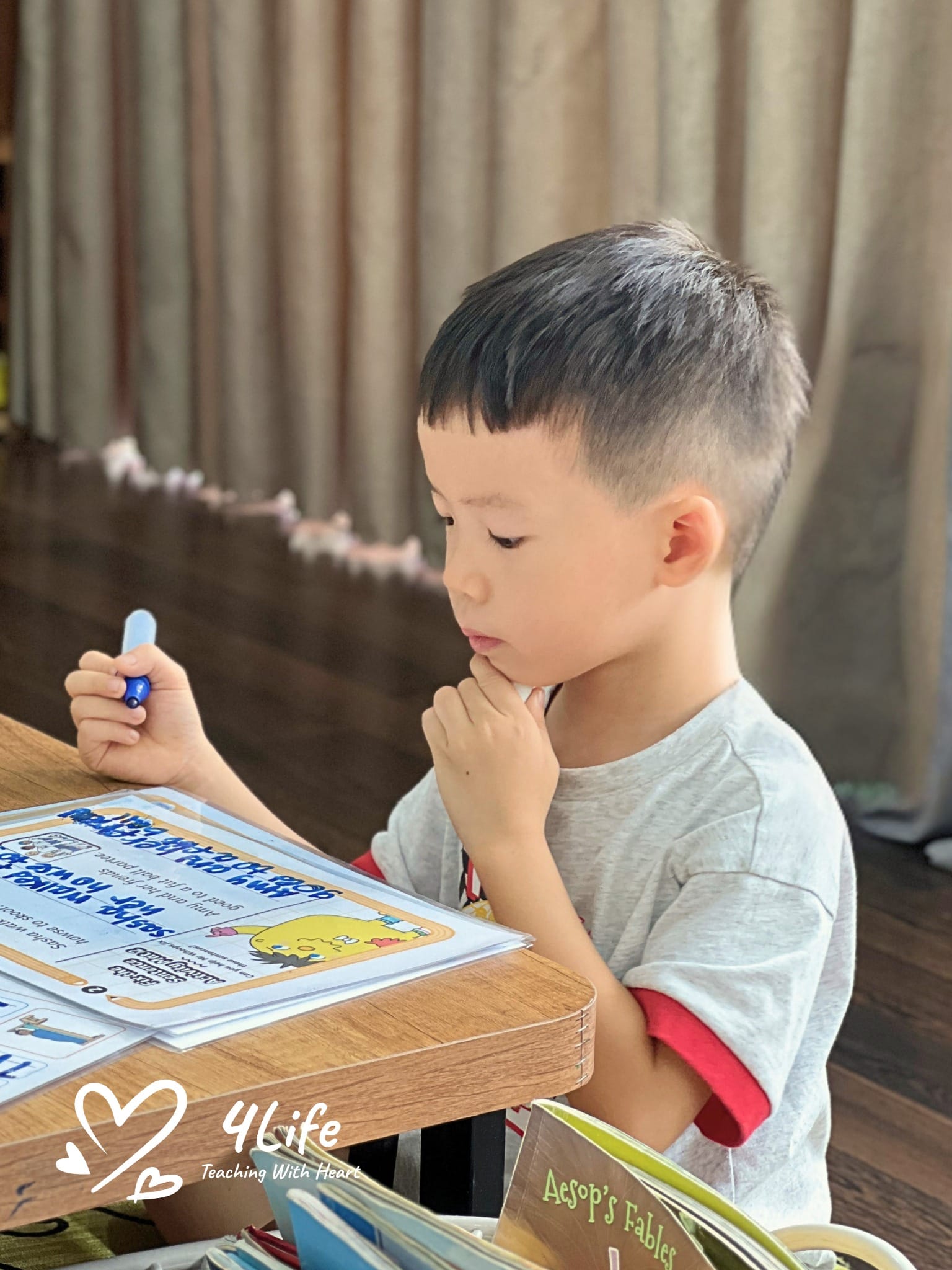
Bringing numbers into everyday life
A day in the life example
Imagine a morning shaped by simple routines. After breakfast, you and your child read a favorite picture book. You pause to ask what a character might do next, then point to a few key pictures while naming colors and shapes. Later, you water plants together. You offer a small command with two steps: please fill the small watering can to the line, then water the fern by the window. As you work, you describe what you are doing and invite your child to choose a new word for what the soil feels like, perhaps damp or dry. Midday brings quiet play. Your child cuts a magazine picture and tells you a story. You write her words and help her make a little book. In the afternoon, you introduce three new baking tools on the counter. You name them slowly, then ask your child to show you the whisk and the spatula.

A day in the life example
When she is ready, you point and ask her to name them for you. Before dinner, you put on gentle music and let finger puppets talk about feeling excited for a special dessert. Your child gives the puppets a voice, then joins you to set the table, counting forks and comparing the sizes of glasses. Nothing felt formal, yet every moment quietly strengthened vocabulary, attention, and confidence.
The foundations for learning are laid in ordinary minutes, not grand lessons. When families fill the day with clear speech, patient listening, rich vocabulary, hands-on tasks, and time for stories, children develop the language, focus, and self-belief that make future study joyful. Reading aloud, naming the real world, asking open questions, using the three-stage lesson, and keeping learning light all help a young child move at her own pace. Most of all, a calm and respectful home tells a child that her ideas matter and that learning is a delightful way to know herself and the world.



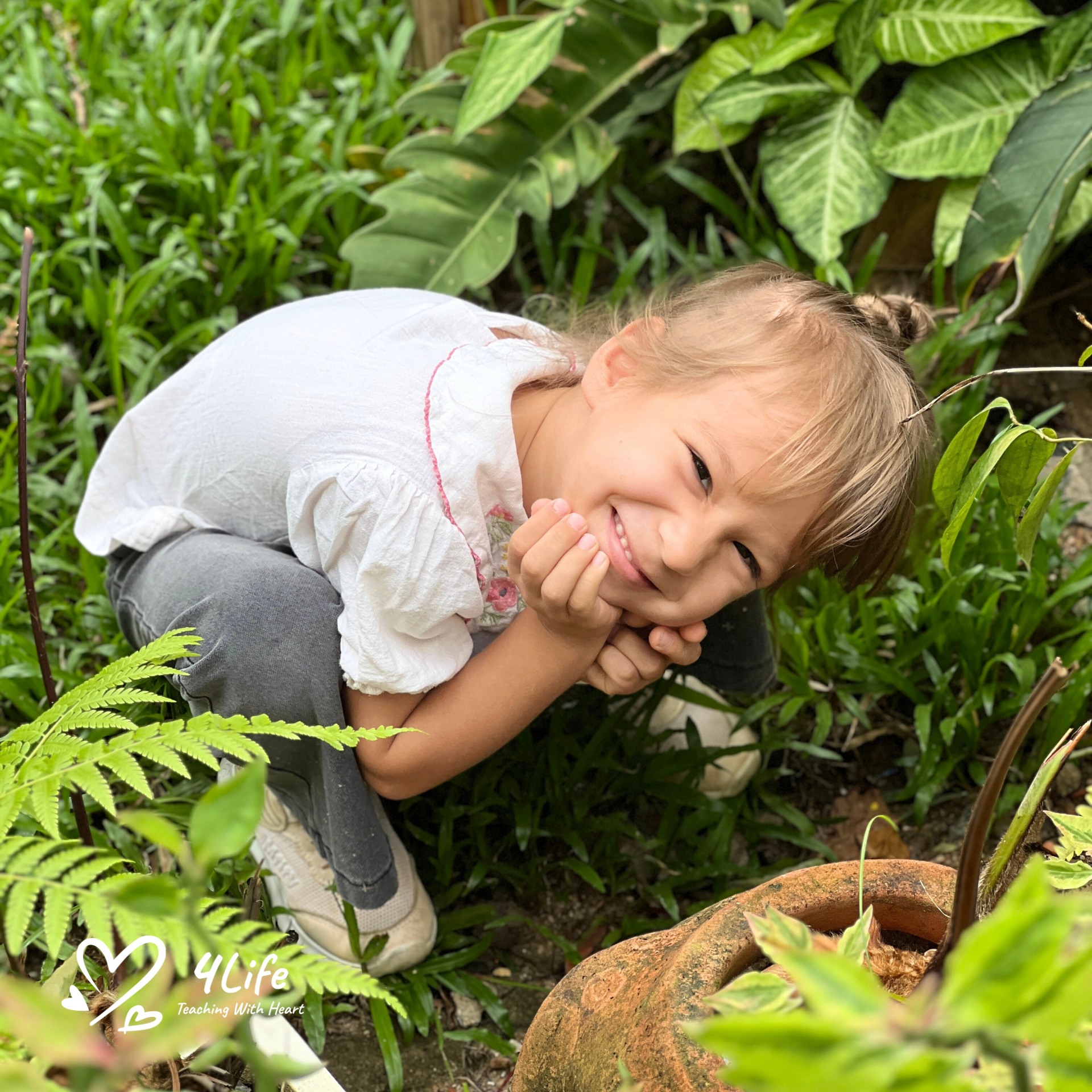
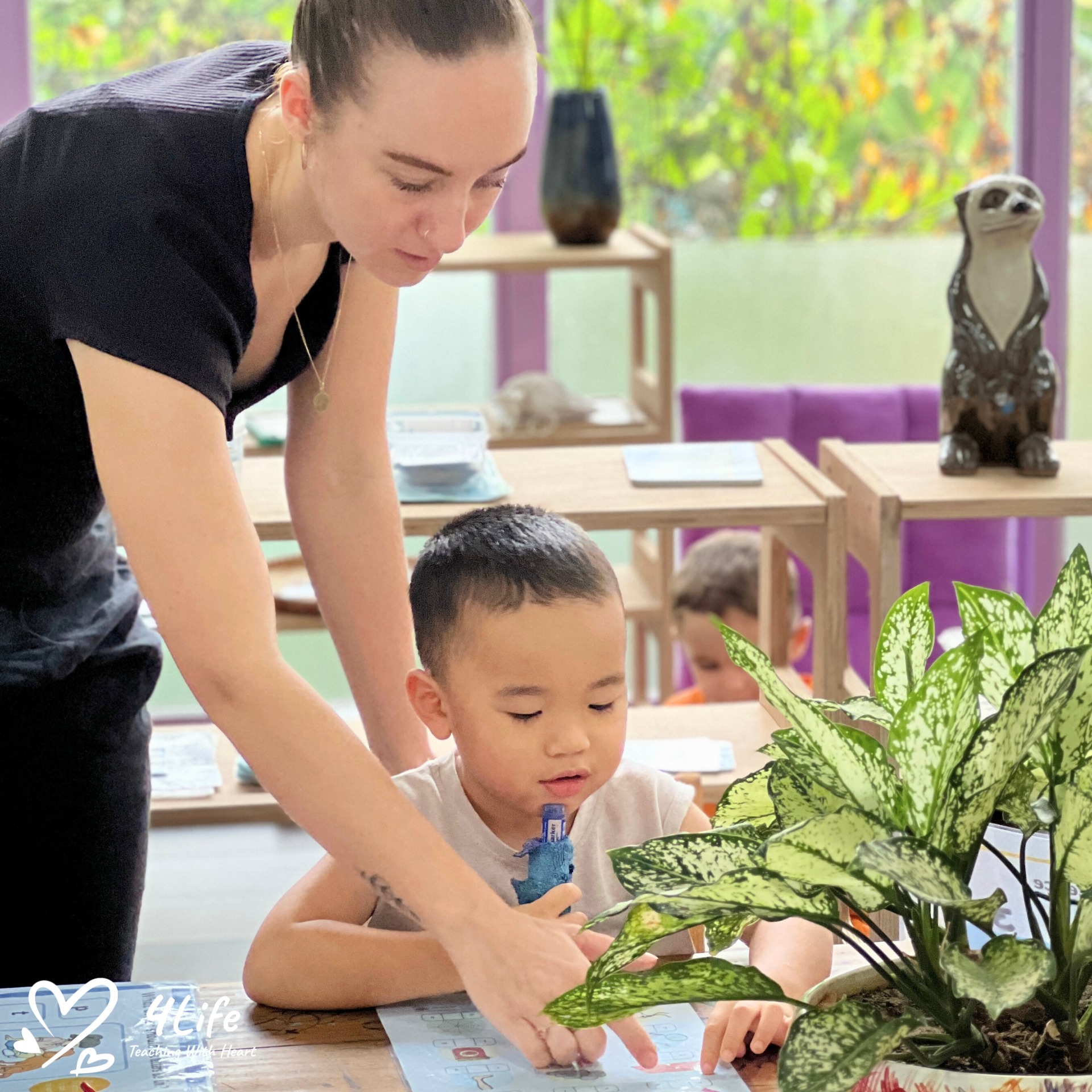
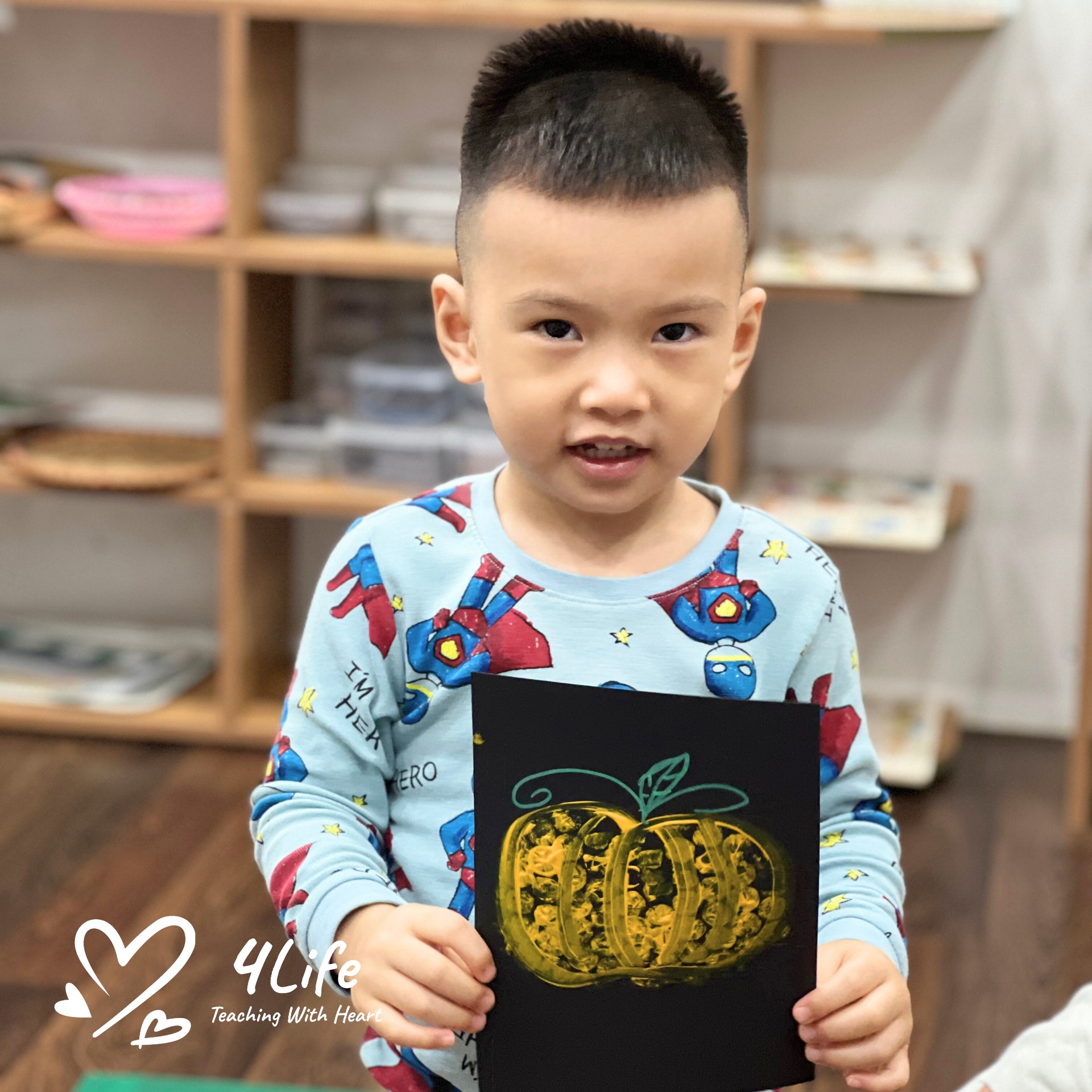

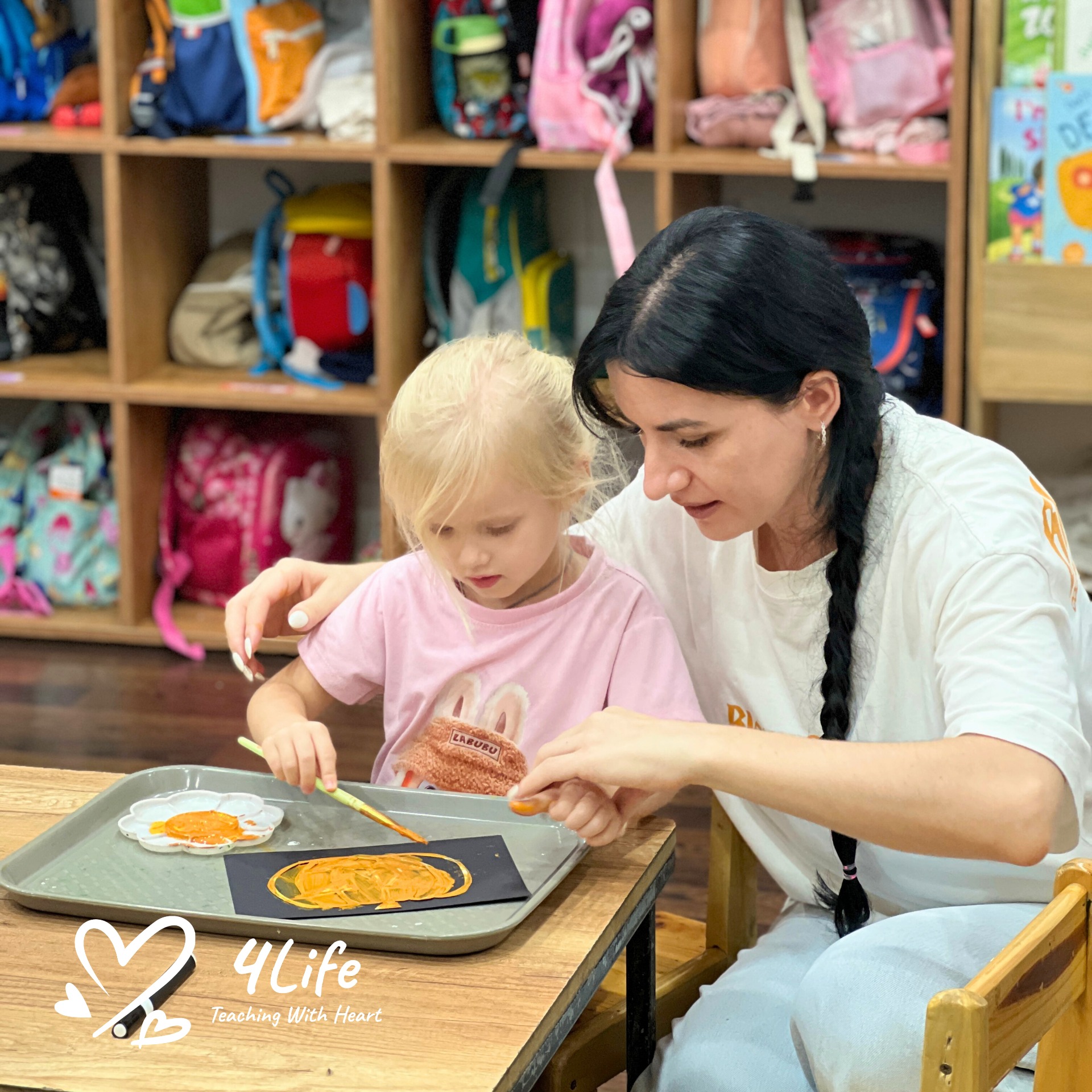
0 Comments